Picture this:
You’ve just fully loaded your Whirlpool washer with a week’s worth of dirty laundry. You’ve also added the detergent and fabric softener; all that’s left is to click on the start button.
Alas!
You push it, and to your surprise, nothing happens. You push it again, but still nothing.
Unfortunately:
Most of us have been in this exact position, so we know the feeling. We understand the rage, frustration, and we can tell what comes next: panic.
Please don’t panic!
Because this is a pretty common washer issue, we had a wealth of resources at our disposal while conducting our research.
We’ve crafted the collated information into a beginner-friendly guide to help users easily and quickly troubleshoot their malfunctioning Whirlpool washers.
So:
Explore our helpful repair guidelines and apply them to deal with your Whirlpool washer that will not start its cycle.
Table of Contents
Whirlpool Washer Won’t Start the Cycle
There are multiple reasons your Whirlpool washer won’t start its cycle. Similarly, various troubleshooting options are available to fix this problem. You could try replacing defective machine parts like the door lock latch, lid switch, control board, timer, or drive motor. Also, disabling the control lock and allowing your washer to cool off could be helpful.
1. Replace the Defective Lid Switch or Door Lock Latch
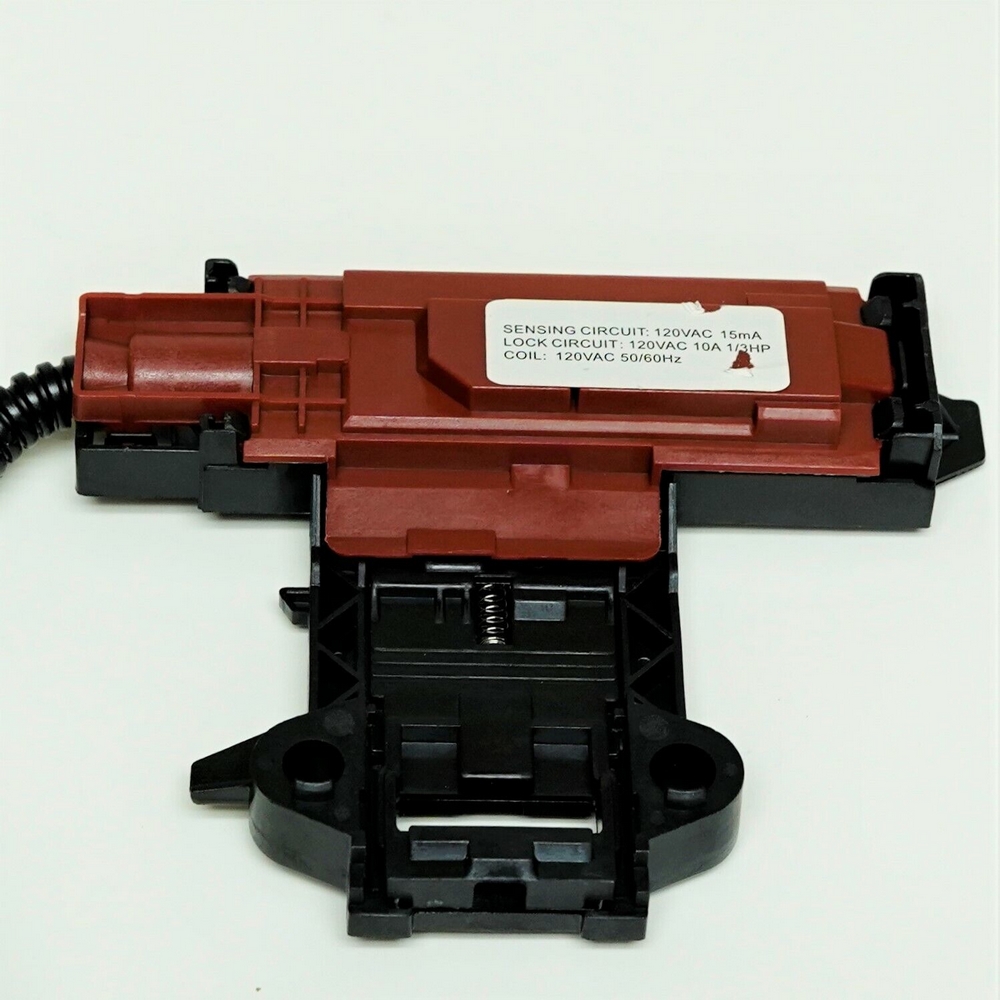
Look:
If your Whirlpool washer won’t start the wash cycle after loading it with clothes, there is likely an issue with the lid switch or door lock latch.
The lid switch is the door locking mechanism in top-load washers, while the door lock latch can be found in front-load washers.
Precautionarily:
Your Whirlpool washer will not operate any cycles, including the spin cycle if the lid switch or door lock latch is not activated.
This system was designed to prevent flooding and other hazardous accidents.
Now:
Have you closed the door or lid firmly and tightly, but your washer won’t begin the cycle?
Depending on your washer, the lid switch or door lock latch is probably defective and should be examined and replaced.
What do you do?
- Step 1: Check for obstructions on the door seal, preventing it from shutting tightly, engaging the door lock mechanism, and triggering your washer to start.
- Step 2: If there are no obstructions, you must test the switch for electrical continuity.
- Step 3: If it tests negative for continuity, replace it with a new part immediately.
Next:
Attempt starting the cycle after replacing the faulty door lock latch or lid switch; it should work comfortably.
Call a professional if you need help with this replacement to avoid harming yourself or your Whirlpool washer.
Note:
You can get free replacement parts from Whirlpool if the one-year warranty still covers your washer.
2. Replace the Malfunctioning Control Board
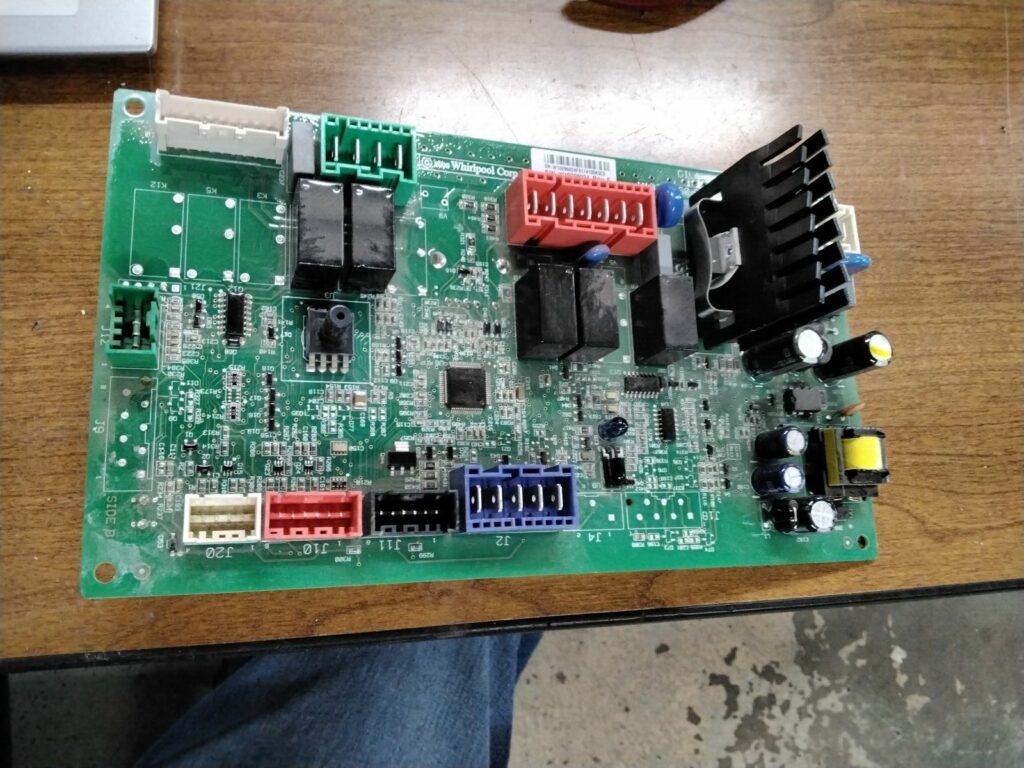
Here’s the thing:
Whirlpool washers use control boards to regulate washer functions such as temperature, speed, and time.
As such:
If, after clicking the start function on your Whirlpool washer, it doesn’t begin the cycle, you should suspect a faulty control board.
The next thing to do is to test it for electrical continuity and replace it if proven faulty.
Do this:
- Step 1: Unplug your Whirlpool washer and turn off the water supply.
- Step 2: Locate the control board with guidance from your user manual.
- Step 3: Inspect the board for obvious signs of damage.
- Step 4: Test the control board with a voltmeter for functionality.
- Step 5: If negative, replace the control board and try starting your washer again.
Thankfully:
Whirlpool washer models like the Duet and Cabrio are equipped with diagnostic modes for problem identification and troubleshooting.
To put your washer into diagnostic mode, push on any three function buttons, except the power button, thrice sequentially and relatively quickly.
Finally:
Unless you’re technically adept, we suggest you call a service engineer to assist with repairs, as the test involves live voltage.
You can get certified replacement parts from Whirlpool’s genuine parts website to protect your washer from inferior or counterfeit components.
3. Replace the Impaired Timer
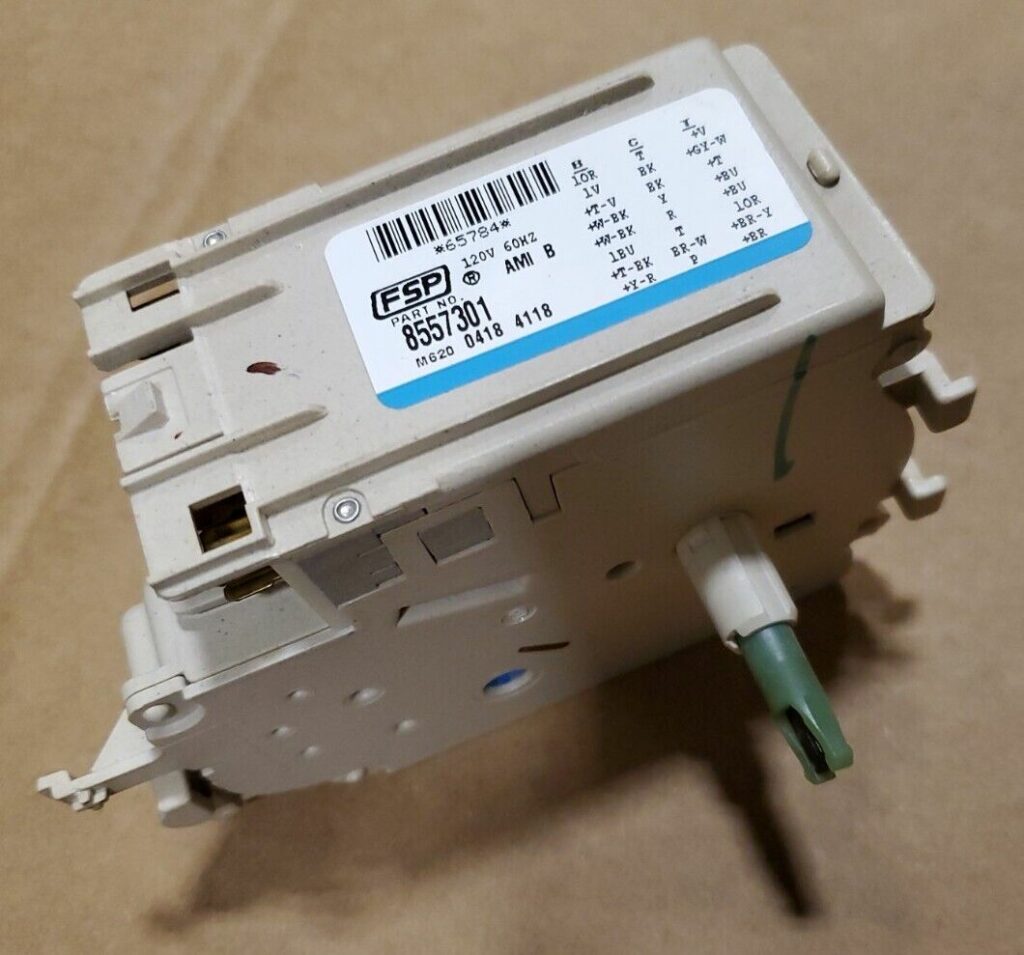
Just like the control board:
Your Whirlpool washer’s timer is responsible for controlling the machine’s functions. Of course, the timer is likely to blame if your washer is not starting any of its cycles.
Now:
The timer has contact switches powered by a rotating cam, energizing washer components to function at the allotted time.
The timer motor could crash, preventing the cam from rotating, and the switches could become faulty, causing the components they control to fail.
Here’s what to do when your timer fails:
- Step 1: Unplug your Whirlpool washer and turn off the water supply. (Never conduct repairs on a live machine for your safety.)
- Step 2: Locate the timer behind the control panel and check for damage.
- Step 3: Test for electrical continuity in the timer with a multimeter.
- Step 4: If it is not functional, replace it with a new one immediately.
Note:
Ensure the replacement timer is compatible with your Whirlpool washer model.
You could also call a qualified technician to help with the repair to avoid further damage to your washer.
4. Replace the Damaged Drive Motor
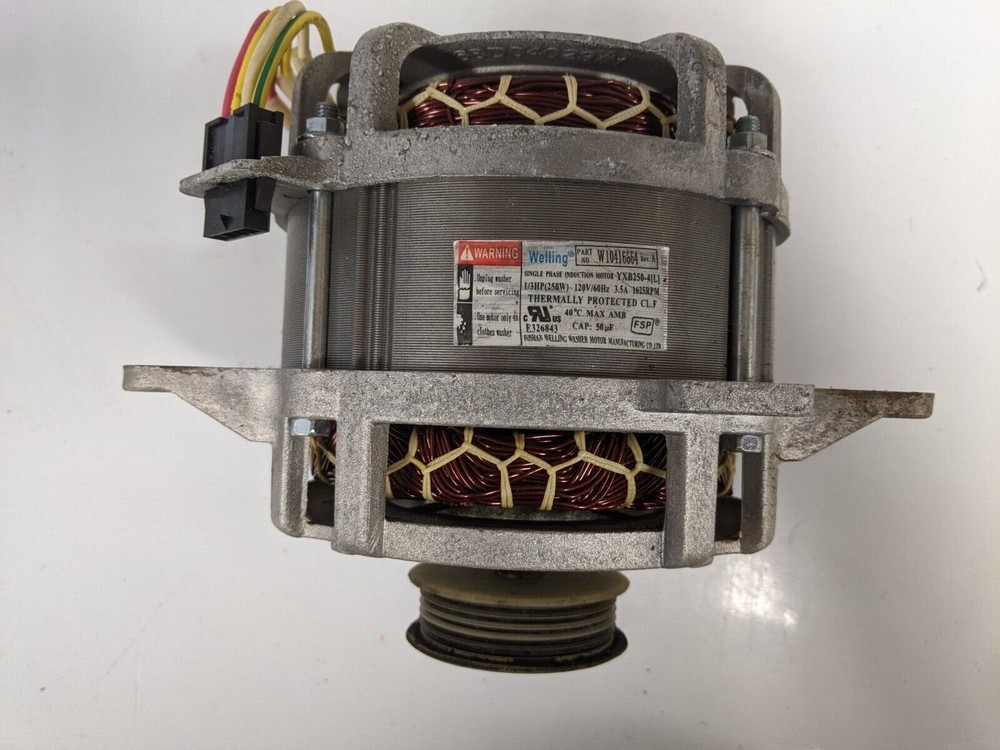
Get this:
If your Whirlpool washer starts making increasingly loud noises and doesn’t start its cycle, it could be due to a malfunctioning drive motor.
The drive motor is generally tasked with channeling the transmission to power all parts of your washer.
Now:
The motor generates powering force, and the drive wields and directs electrical energy.
If there is a defect in the drive motor, some parts of the machine may suffer from the lack of power, affecting its ability to start a cycle.
For example:
Your Whirlpool washer could get stuck in the sensing mode for more than three minutes and eventually not get to start the cycle.
Here’s how to confirm and repair a damaged drive motor:
- Step 1: Unplug your Whirlpool washer from the wall socket and disconnect the fill hoses.
- Step 2: Tilt the washer until it lays on the rear panel.
- Step 3: Remove the belt guard, drive belt, and motor connector.
- Step 4: Inspect for physical signs of damage, then test the motor with a multimeter for continuity.
- Step 5: Unscrew the mounting screws and remove the motor from your washer.
- Step 6: Replace it with a functional motor.
- Step 7: Reassemble your Whirlpool washer and try to start the cycle to confirm that the motor works.
Definitely:
Your Whirlpool washer should be able to conveniently run any of its cycles after replacing the drive motor.
We strongly advise you to schedule a repair with Whirlpool’s team of qualified service technicians for an accurate diagnosis and repair.
5. Disable the Control Lock Feature
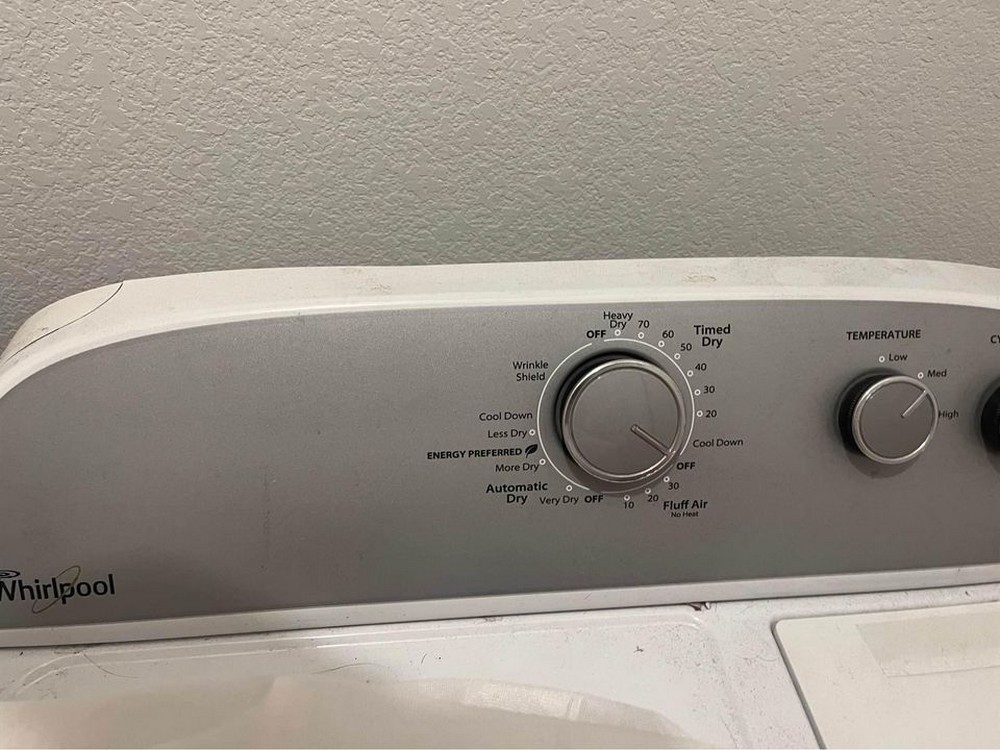
Sometimes:
The problem could be as simple as selecting the wrong settings on your Whirlpool washer.
If your Whirlpool washer is locked and won’t begin the cycle, the Control Lock feature may be engaged.
You see:
When the control lock is enabled, the control buttons will not work, and you’ll likely see the ‘LoC or LC’ error code.
It reminds you of the deliberate or accidental activation of the feature, so you can deactivate it, allowing the start button to work.
Now:
The procedure for disabling the control lock differs from model to model. It would be best to refer to your Whirlpool washer user manual, find the deactivation steps, and follow them.
Usually:
The control lock is a button located on the control panel. Press and hold this button for three seconds until you hear a beep (or more) to deactivate it.
Once disabled:
The error code should clear from the control panel, and all the buttons should regain functionality, allowing your washer to start a cycle.
Besides disabling the control lock:
You should ensure you’ve selected the right cycle settings for your washload.
It is possible to unintentionally engage the Delay Start setting, which postpones the cycle until a set time.
So:
You’ll have to disengage this setting by locating the button on the control panel and resetting it.
Your washer should start the cycle after implementing these hacks.
6. Give Your Washer Time to Cool Off
Similarly:
This probable cause of cycle starting issues and its corresponding solution is quite basic. Your Whirlpool washer will not start a cycle if it is too hot internally.
The thing is:
If you try to start another cycle on your Whirlpool washer after running a few cycles consecutively, your machine might not respond.
Why?
Your Whirlpool washer requires some time after prolonged work hours to regulate its heat for a new cycle.
So:
Leave it to sit for a few hours, then consider resetting the washer. Try starting the cycle again after this; it should work fine.
Models Most Affected
Now:
Owning a washer could make you eligible for a problematic laundry experience, but honestly, not owning one would be twice as stressful.
Any Whirlpool washer could develop faults that would cause it not to trigger the start button for any cycle.
However:
Most Whirlpool washer users who complain that their washer won’t start the selected cycle are probably using one of these models.
1. Whirlpool Duet
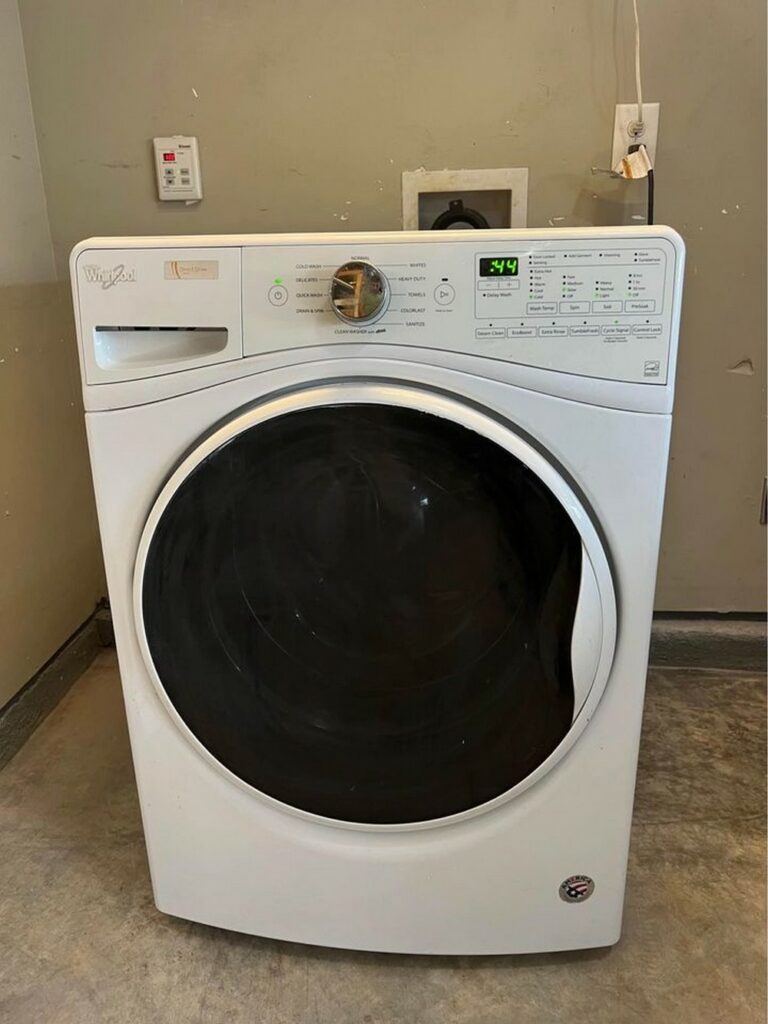
Here’s the thing:
The Whirlpool Duet is designed for high efficiency, convenience, and energy conservation while providing exceptional care for your clothes.
The large-capacity front-load washer should clean better, save water and break down the most stubborn stains in even the bulkiest loads.
But:
This model does not live up to expectations as it is frequently plagued by malfunctions.
Users have complained that their Whirlpool Duet won’t start the chosen cycle for various reasons, most of which could be solved easily.
2. Whirlpool Cabrio
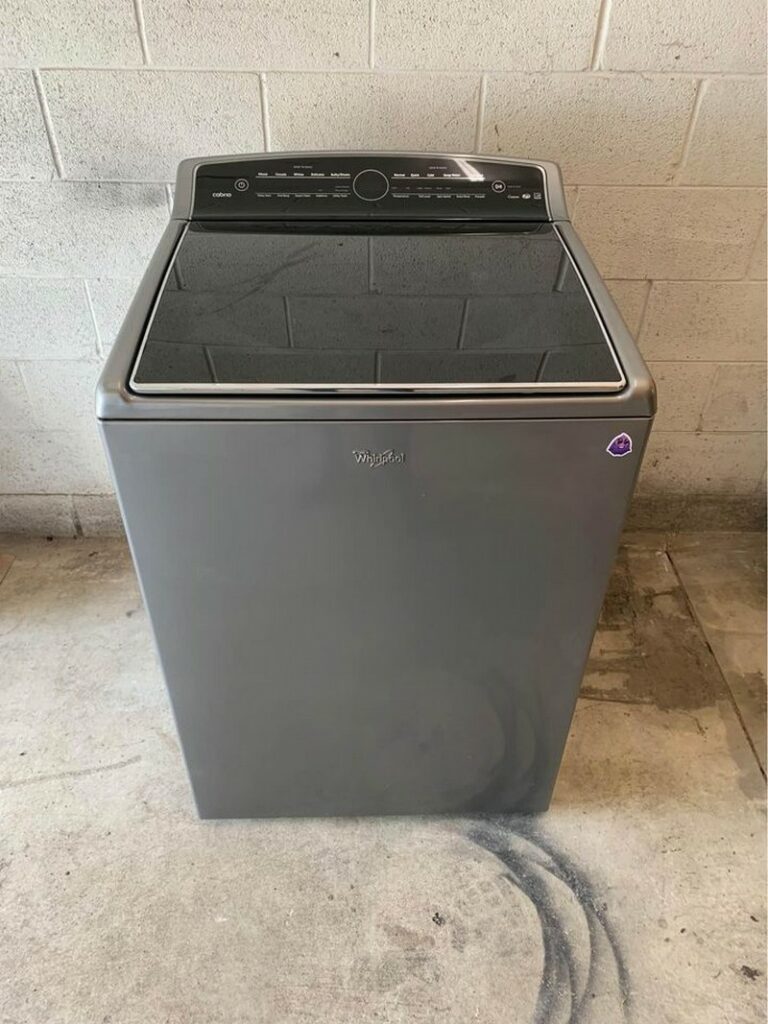
Look:
The Whirlpool Cabrio is an ultra-modern top-load washer with easy-to-use controls that allow you to wash over three laundry loads in one cycle.
It is also equipped with adaptive wash technology that automatically senses the size of your wash load for optimized cleaning.
But:
You cannot enjoy these features if your Whirlpool Cabrio doesn’t start any cycle as it is commonly known to do.
Conclusion
No doubt:
It can be a tad more than a huge inconvenience when your Whirlpool washer doesn’t start the selected cycle as expected.
Though a component malfunction could require technical assistance from a professional, user errors can be fixed easily and in little time.
To that end:
We have outlined and reviewed some factors that could cause your Whirlpool washer not to start, along with practical troubleshooting tips.
Here’s how to identify and fix this problem:
- Replace the defective lid switch or door lock latch
- Replace the malfunctioning control board
- Replace the impaired timer
- Replace the damaged drive motor
- Disable the control lock feature
- Give your washer time to cool off
Now:
If, after attempting to solve your Whirlpool washer’s issue, it still won’t start the cycle, you should contact Whirlpool Customer Support ASAP!
However, we can confidently assure you that it is more likely that your washer will work properly after; Scout’s honor.
In any case:
Let us know how your troubleshooting procedure goes! We will look out for your report, additions, and questions in the comment section below.
Frequently Asked Questions
Your Whirlpool washer might not start because the power outlet lacks continuity or the thermal fuse is blown.
Also, there might be issues with the door lock, control board, timer, or drive motor.
To reset your Whirlpool washing machine, turn it off and unplug it for three minutes. Then, plug it back in and wait thirty seconds before powering it on.
If your Whirlpool washer is not doing anything, the power outlet, cord, and circuit breaker are probably malfunctioning.
You should test and replace the faulty power outlet, then perform a hard reset on your washer.
Ordinarily, your Whirlpool Washer should remain in the sensing mode for about three minutes.
If it gets stuck in this mode, it could be because of a defective water inlet valve, drive motor, or shift actuator.
Whirlpool washers, especially the washer/dryer combo, are manufactured with an inbuilt thermal fuse.
You can locate the thermal fuse by consulting your Whirlpool washer user manual for model-specific instructions.
No, your Whirlpool washer won’t operate without an activated lid lock because it’s designed to prevent the washer from running when open.
The goal is to prevent hazards and flooding during a wash or spin cycle.
Diagnostic mode is used to troubleshoot certain washing machine problems by detecting the problem from a log of washer errors.
Once you’ve figured out the source of the problem, you can proceed to attempt suggested fixes until your washer works properly.

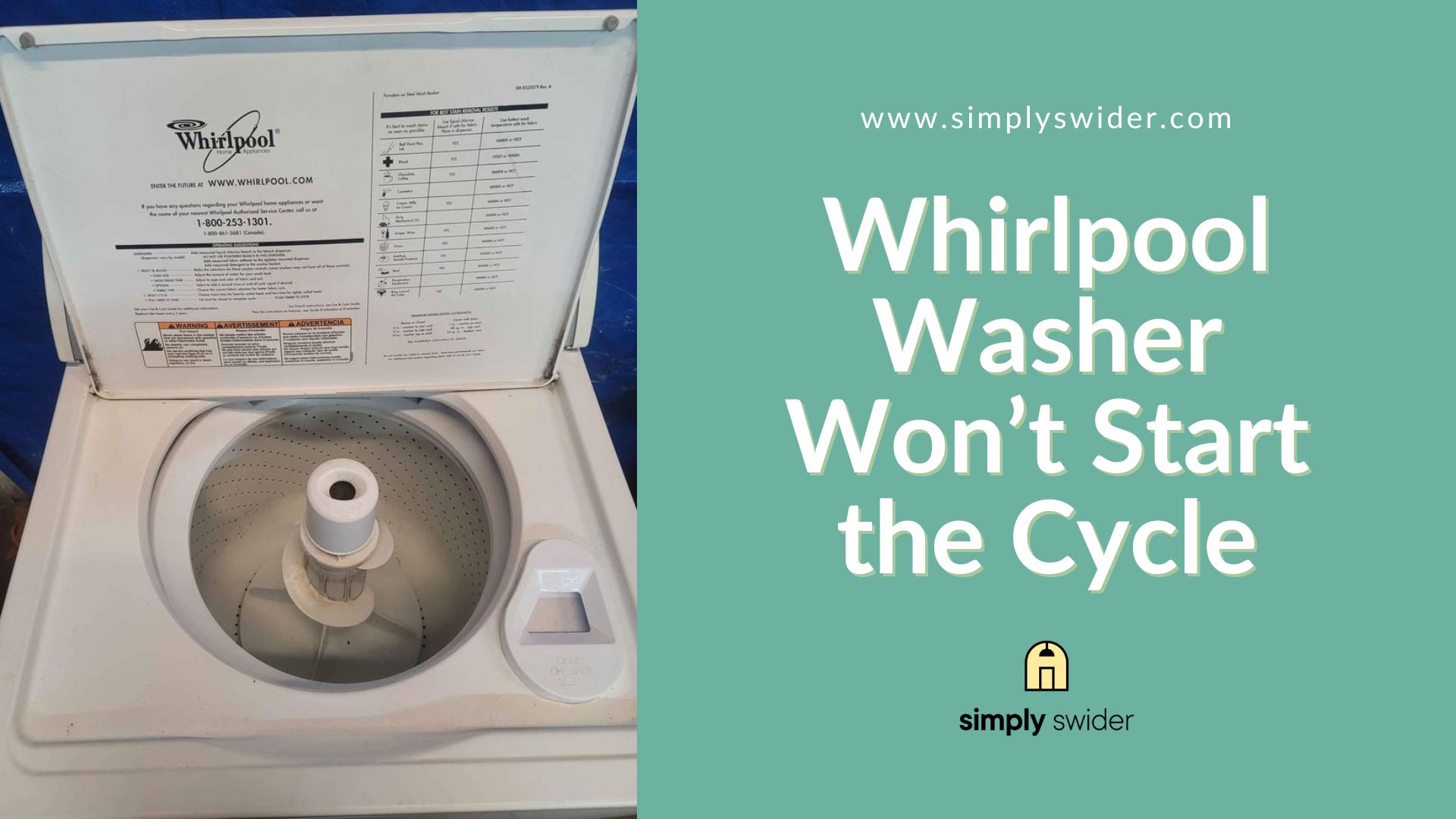
My whirlpool washer fills up with water to wash and then pumps out the water right after it’s fills and doesn’t wash , what can cause this to happen
There may be several reasons for this issue (e.g. bad control or bad drain hose installation). To provide a more specific answer, please include the name/model in your comment. Additionally, it would be ideal to send the video to me at [email protected].